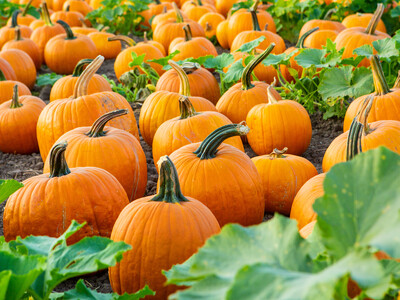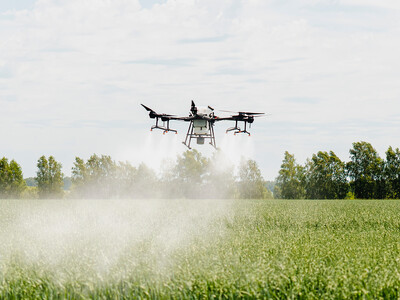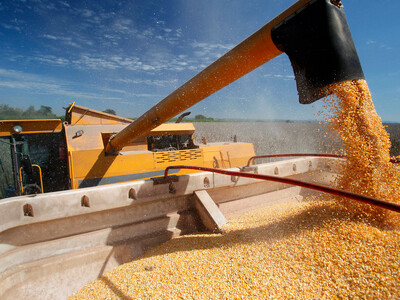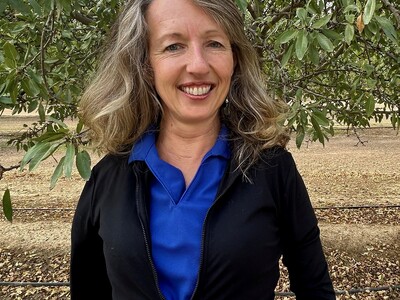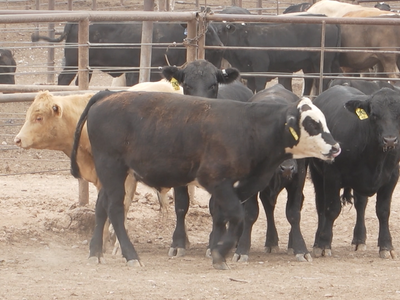WATCH FROM THE CAB
Harvest season is obviously a busy time of year for growers. Kip Jacobs, technical services manager for UPL, says growers need to be keeping an eye on the health of this year’s crop.“Harvest is actually the best time to judge or collect data around your overall crop protection inputs for the year; what your investments were. So, as growers watch every plant and every ear of corn as it goes into the feeder house of the combine, they need to keep records of standability, crop health, and yield. So, the difference between a good corn crop and an exceptional core crop is often how healthy that crop is from the very beginning of the season. With our Tepera Plus HD in-furrow plots, the trials that we've done each of the years for about the past five years, the corn that's had that pre-emergence fungicide and insecticide protection that is being provided by Tepera Plus HD product is showing an average yield benefit of about 7.9 bushels per acre over those untreated acres.”
Farmers are seeing more and more rootworm pressure in their fields over the last several years.
“This year, the migration maps are showing pretty high severity across the areas, including much of the Midwest beginning in late May, early June, all the way through the end of August. The early-planted and even the later-planted corn was quite vulnerable this year. Growers have also faced not only rootworms but cold, wet soils during the plantings in the past couple of years. And one of the other benefits of adding that Tepera Plus HD to your starter fertilizers is that growers can protect that yield potential from the very beginning with the full rate of fluoxastrobin fungicide. Protect against those diseases at a higher ratio of Bifenthrin than in the previous formulations to protect against those yield-damaging insects as well.”
Jacobs says fluoxastrobin is a key ingredient for long-term crop health.
“Fluoxastrobin is a very cool active ingredient. So, fluoxastrobin is highly-systemic and also actually has the longest residual control of seedling and soil-borne diseases of the strobilurin group of chemistries so the long-term crop health benefit that we're getting from this product is huge. So once that plant has established its critical roots at the beginning of the season quite early, the plant also is displaying improved tolerance to those environmental stresses that might show up throughout the seasons. Crop health shows itself in terms of that final yield at the end of the year, so Tepera Plus HD is showing very impressive results, you know, averaged across about the last five years. We're showing an average increase of 7.9 bushels an acre over those untreated acres of corn.”
He recommends growers take plenty of notes on this year’s results to better prepare for next year.
“When I say that, I mean all the way from stock integrity and sustainability down to the shape and the length and the color of the ear going into the feeder house of that machine. So as growers keep an eye on that, but at the end of the year as growers complete harvest, they need to take detailed notes from that combine: moisture, yield, test weight, and even if there's grain being lost out of the back of the combine. That could be a result of possible smaller grain size, lower test weight, and stuff like that. And then, we can associate those with potential areas of interest and include those areas of potential Rootworm pressures and areas that are prone to wetter soils in the spring. Keep in mind, take notes of all that, and then growers should take that information and contact a local retailer to be sure they can book their supply of Tepera Plus HD early for the 2023 season to come.”




